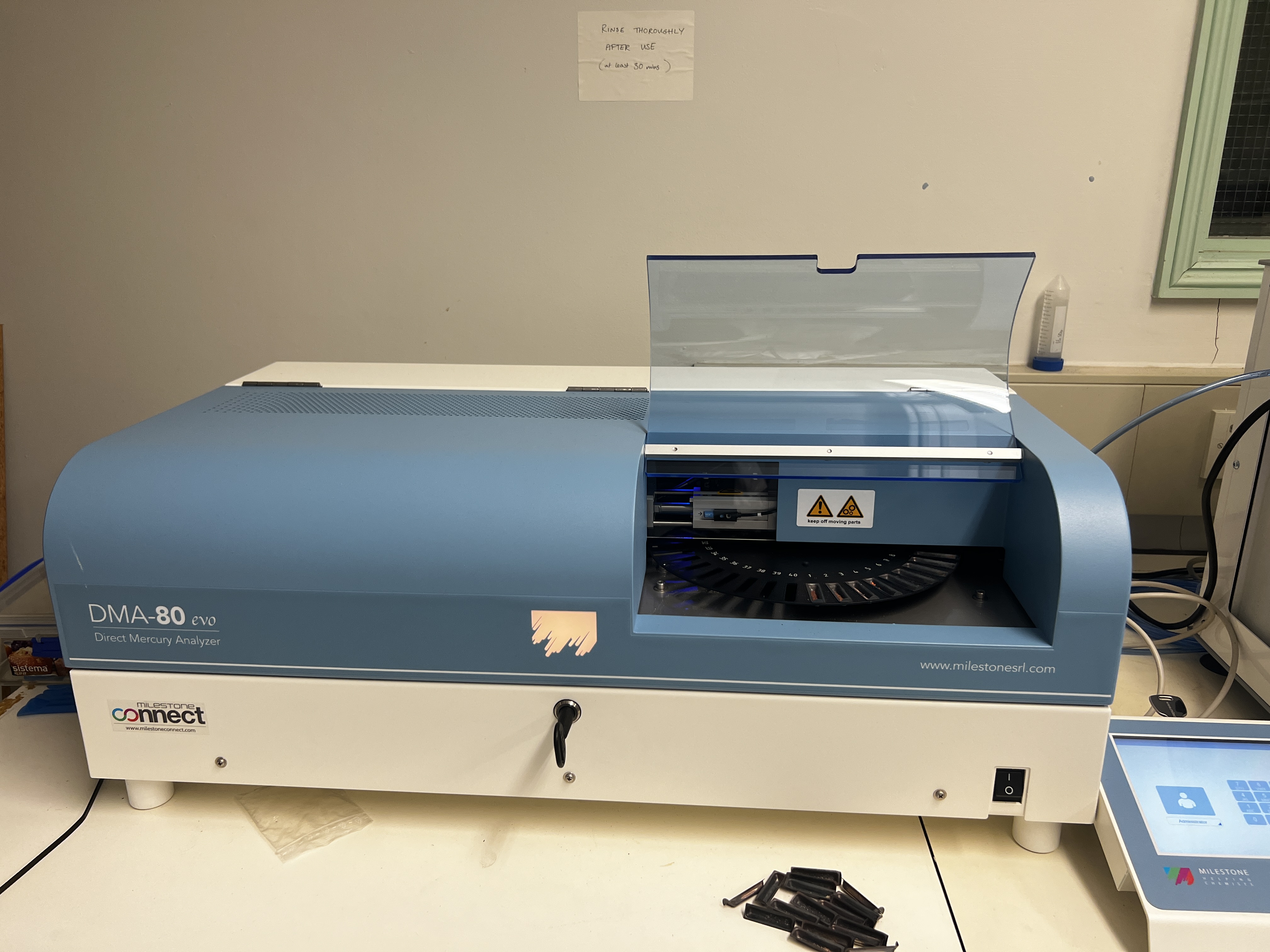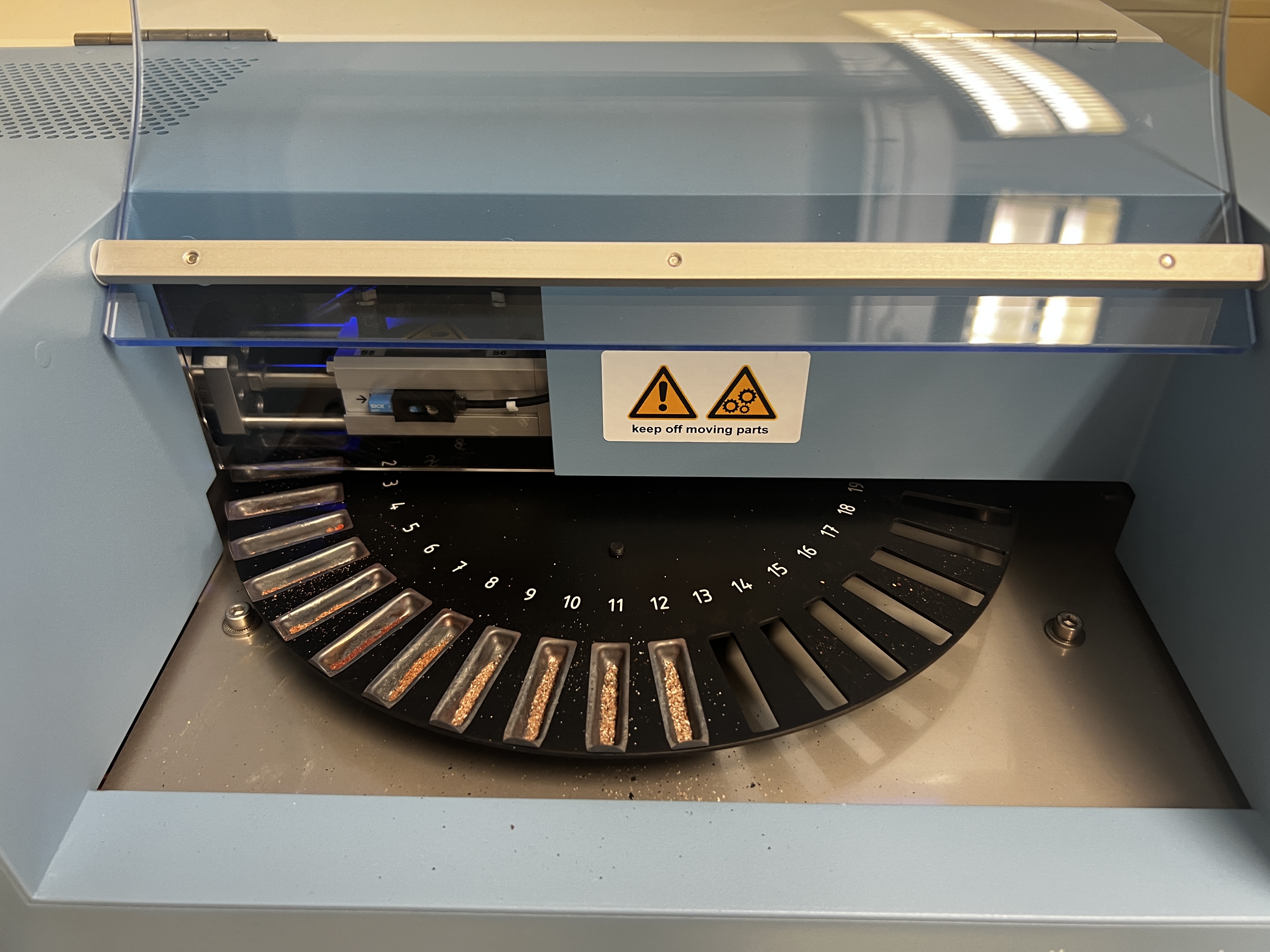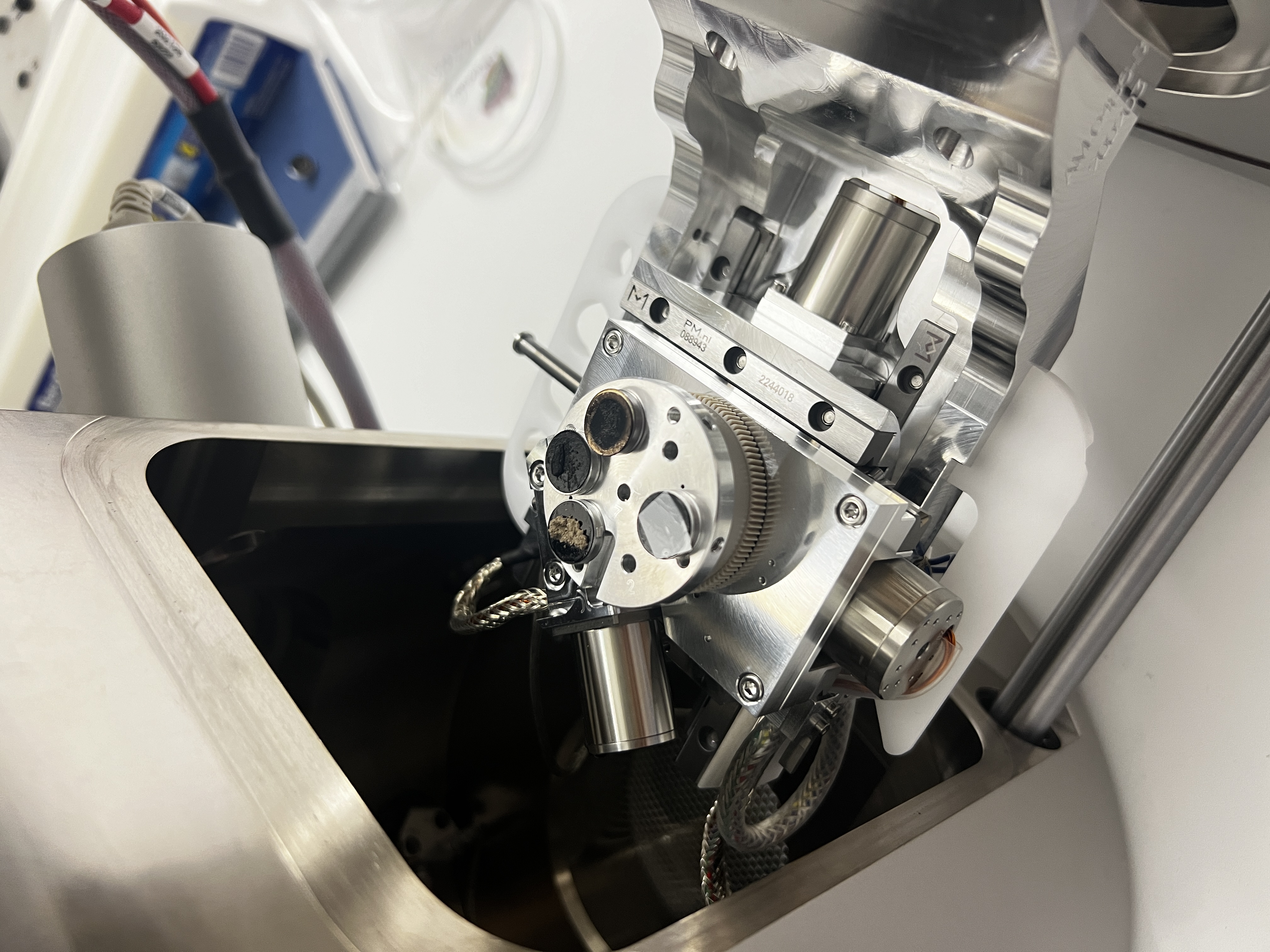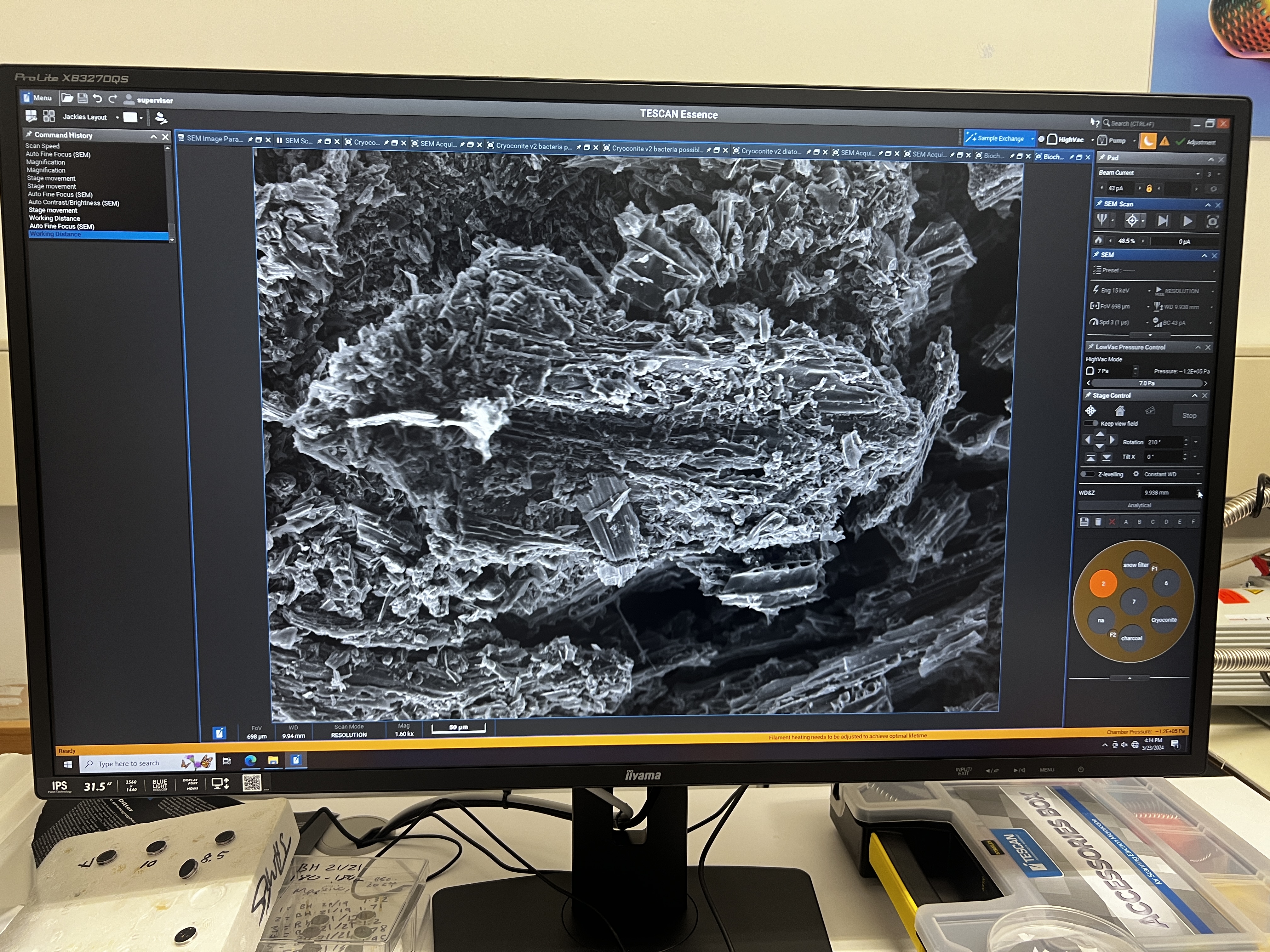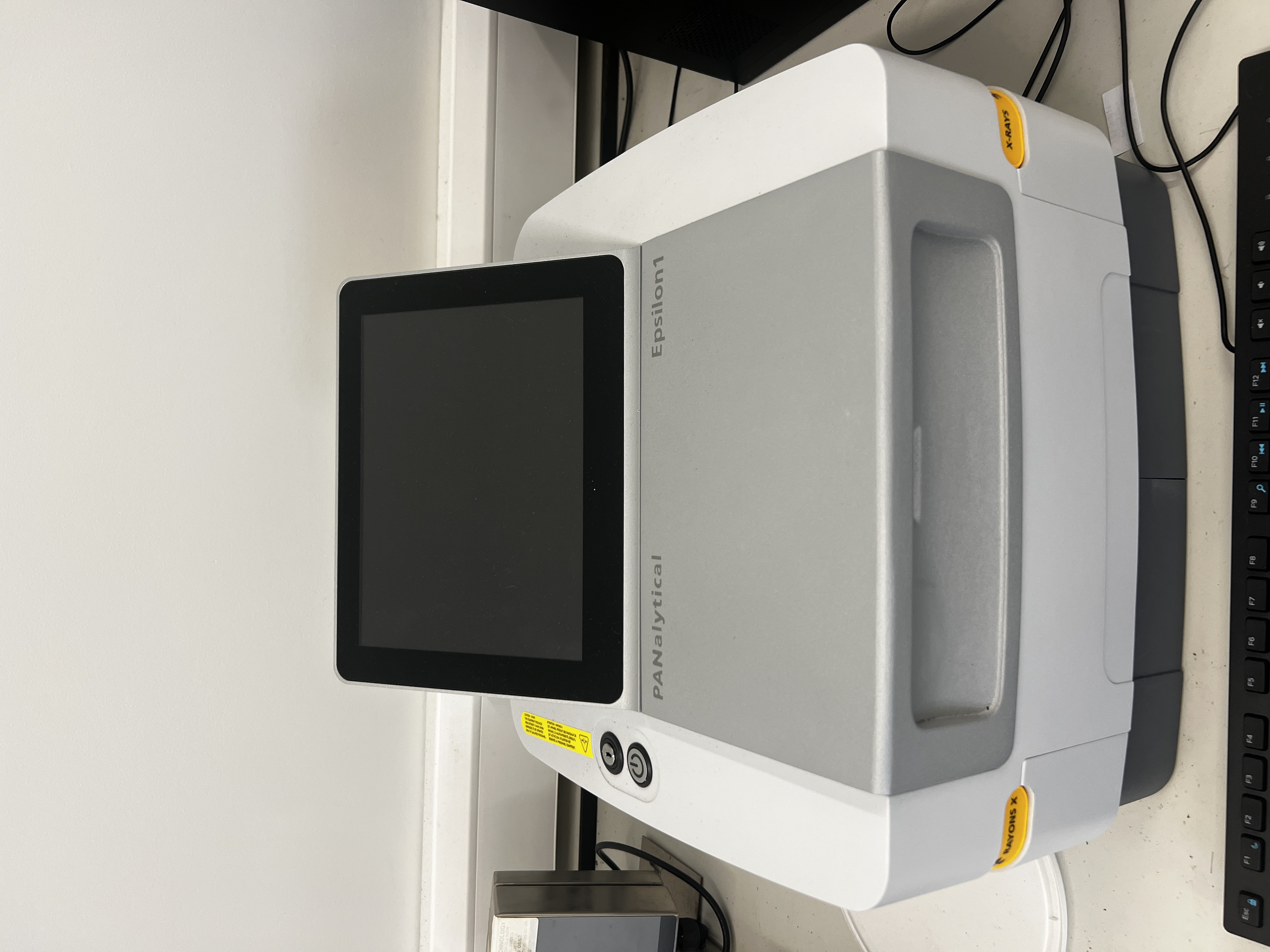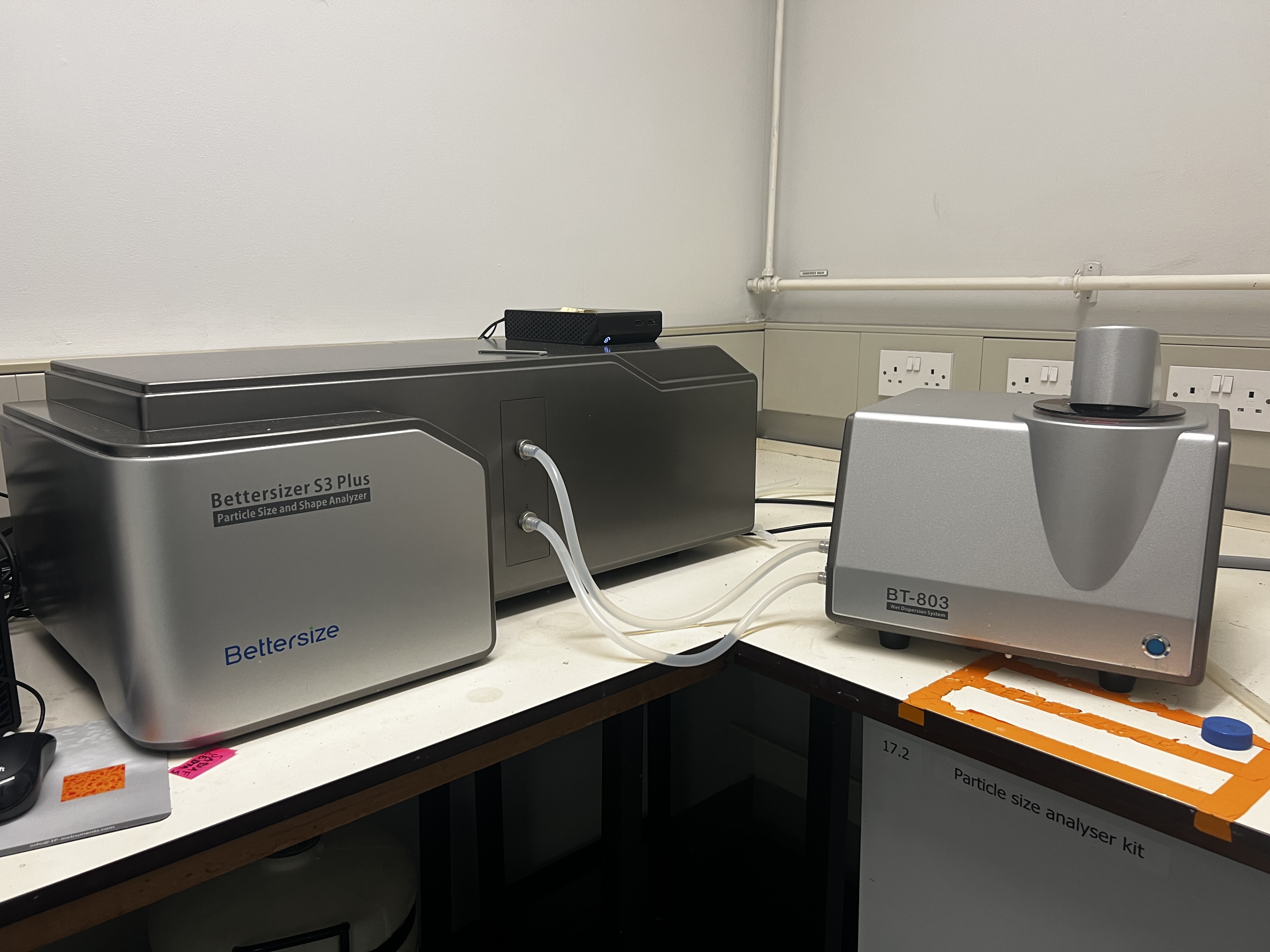Instruments and Equipment
Explore the wide range of tools and instruments in our Laboratories to help meet the needs of researchers.
Thermo Fischer iCAP7000 ICP-OES and iCAP RQ ICP-MS
- Used in both undergraduate laboratory teaching and consultancy work, the ICP-OES and MS are powerful analytical tools for quantifying the concentrations of various elements in liquid samples. Depending on the nature of the sample, filtered liquid samples can be run directly, acidified or digested with acid before analysis.
- The ICP-OES uses the wavelengths of light produced from the combustion of samples to identify the elements present. It can withstand a high concentration of total dissolved solids and provides a much more robust analysis for saline or heavily contaminated waters.
- The ICP-MS works in the same manner as the ICP-OES, but can measure more minute concentrations of elements, as it uses masses instead of wavelengths to identify them.
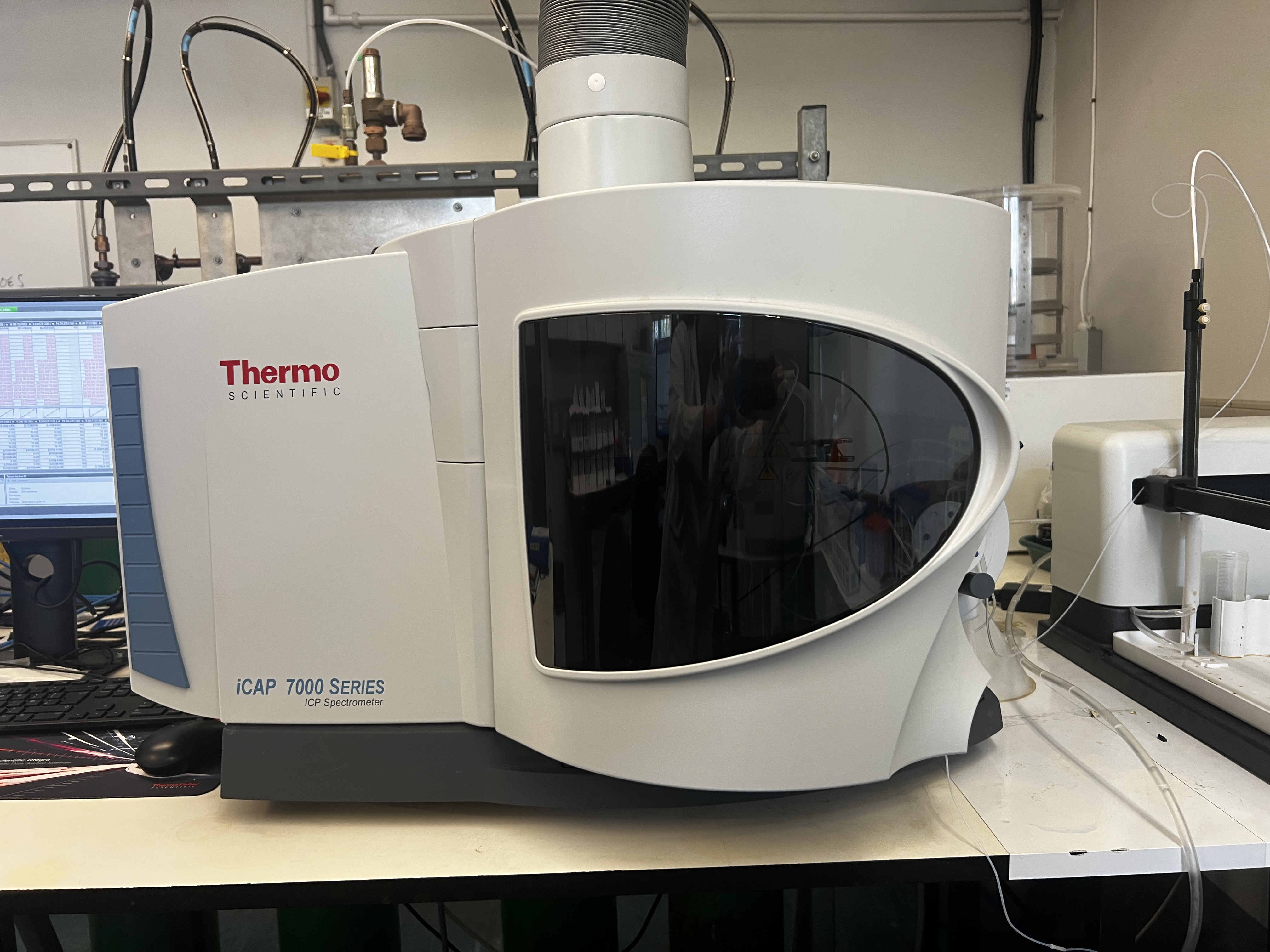
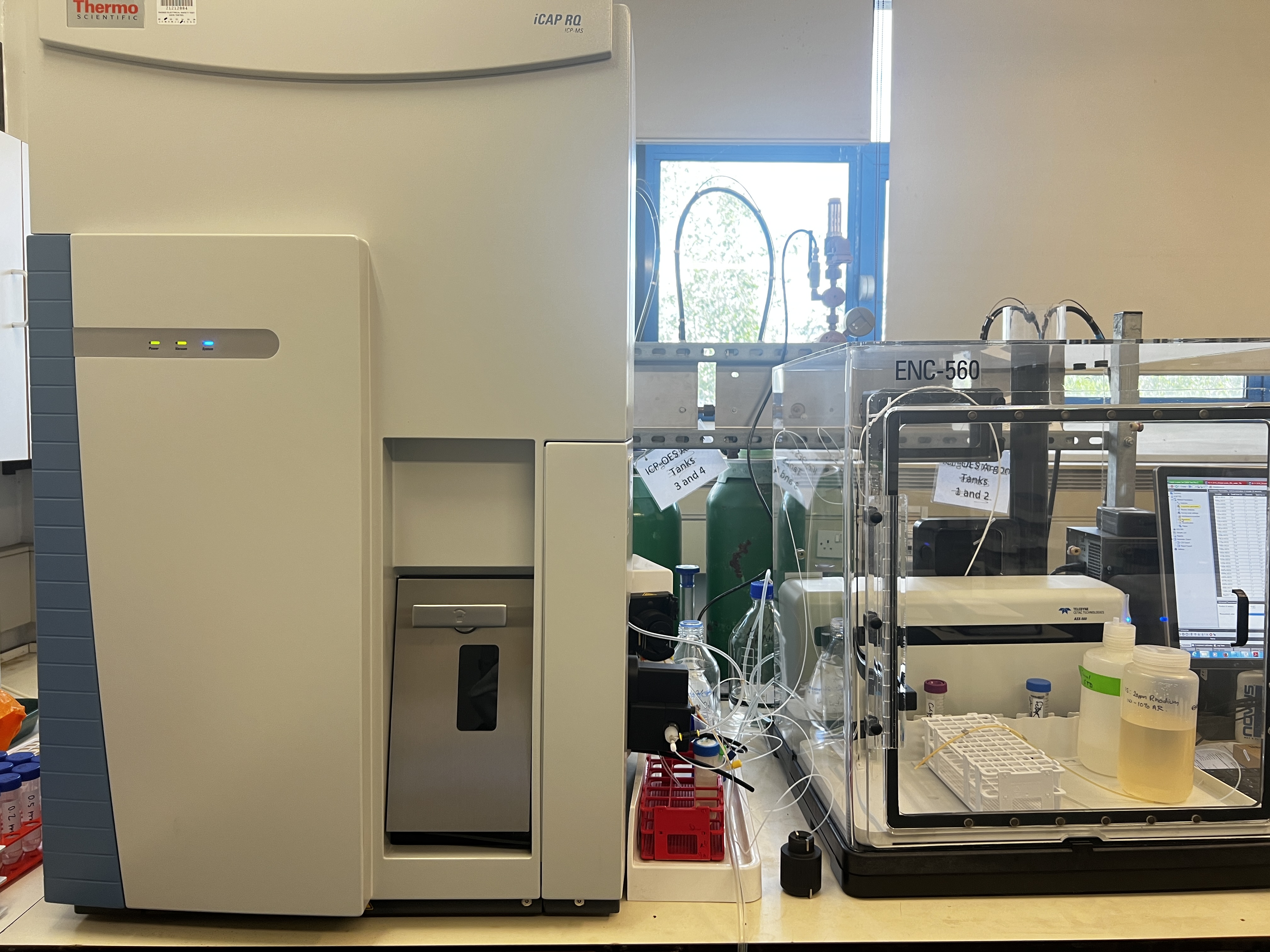
Tescan SEM
Nikon X-Ray µCT - X-ray computed Micro-tomography
- X-ray Computed Tomography (CT) is a nondestructive technique for visualizing interior features within solid objects, and for obtaining digital information on their 3-D geometries and properties.
- The CT scanner is available for research and consultancy work that requires a digital render of a three-dimensional object.
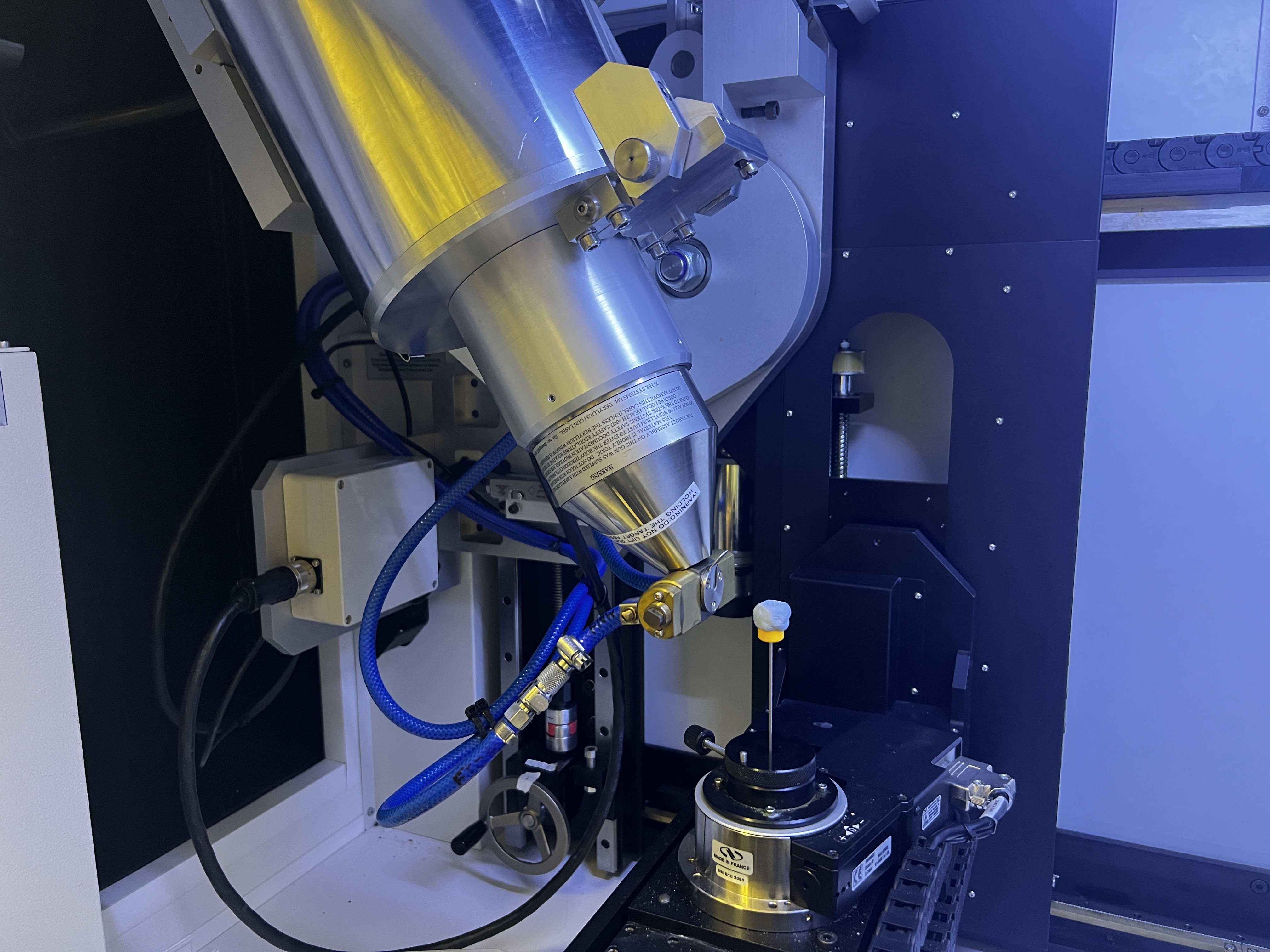
Thermo Fischer Flash EA 1112 Series
- The Elemental Analyser measures the amounts of carbon, hydrogen, nitrogen, and sulphur in a small amount of solid sample. The Flash EA is used routinely for teaching and consultancy to analyse carbon and nitrogen within soils and peats and can also be used to measure concentrations within plant material when exploring degradation and microbial breakdown times.

Thermo Dionex ICS-5000+ DC IC
- Ion Chromatography (IC) is used to detect analytes (anions and cations) in water samples and is often used in water quality analysis. The Dionex system is regularly used for river water nutrient monitoring, however there are a range of applications especially when considering the nitrogen cycle.
Shimazdu TOC-L
- The TOC has the ability to analyse total nitrogen, total carbon, organic carbon or inorganic carbon, in addition to the purgeable and non-purgeable species.
- It is most often used to measure organic compounds in an aqueous sample for the purpose of determining water purification levels.
Milestone DMA-80 evo
- The DMA-80 allows users to measure the amount of mercury in a small amount of solid sample via combustion.
- The system is also equipped to measure mercury levels in liquid and gas samples, giving users the ability to analyse a wide range of concentrations both accurately and consistently. Mercury analysis is often used to evaluate soil and water quality.
